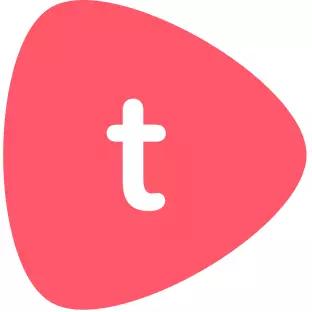By end of course, your students will have completed three (SL) or four (HL) formal assessments of their learning. These assessments measure your students’ proficiency in the three critical domains explored in Course Essentials: reading, writing, and critical thinking. Here are the four assessments.
Preparing Your Students
The Rubrics are the Key
The Four Criteria
What specific knowledge and skills will end-of-course assessments measure? This is one of the most important questions you can ask. Toddle has asked it for you, and here’s the answer. First, let’s take a look at the four criteria across all assessments: Paper 1, Paper 2, the Individual Oral, and the Higher Level Essay.
Criterion A: Knowledge, Understanding, and Interpretation
This criterion is all about students understanding what they read, drawing conclusions related to what it means, and supporting their conclusions with appropriate references to the text.
Criterion B: Analysis and Evaluation
There is a lot less variation between assessments for this criterion. It’s all about textual features and authorial choices. How do these choices shape meaning, frame global issues, or relate to a line of inquiry?
Criterion C: Focus and organization
This criterion is clear, with very little variation between assessments. If your students can write and speak with an awareness of their audience, they will do well on all assessments in this regard. Cohesion, balance, and focus are the key terms.
Criterion D: Language
Like Criterion C, this criterion is all about students’ awareness of audience expectations for formal writing and speaking tasks.
Important Note!
Your students will select which texts to focus on for three of the four assessments outlined above. Engagement is everything. Two of the most important questions you can ask yourself as you plan for your students success:
Using Rubric Knowledge to Power Learning in Your Classroom
These downloadable resources were created to support learning in your classroom. Students who perform well on assessments have teachers who plan units and lessons with assessments in mind. Keep assessments at the forefront of your thinking with these visual aids.
Four Criteria Poster
Use this downloadable four criteria poster to center learning in your Language and Literature classroom around what matters most. If you are working with your students to grow in their ability to demonstrate these four qualities of excellence, you are helping them grow in the right direction!
Rubric-based Learning Targets
Tack this printable table of rubric-derived learning targets to the bulletin board behind your desk. Give it a quick read through as your move through the week. Are your assignments and classroom learning activities in alignment with these learning targets? Do your students know what they are learning? They can use this self-assessment tool to chart their progress.
Moving Forward: The Fundamentals
Now that you’ve taken a look at the big picture with respect to assessments, what matters most? Once again, it’s the fundamentals: reading, critical thinking, writing.
The following sections, each focusing on a major assessment, will provide you with a more detailed perspective on how each fundamental relates to each assessment.




